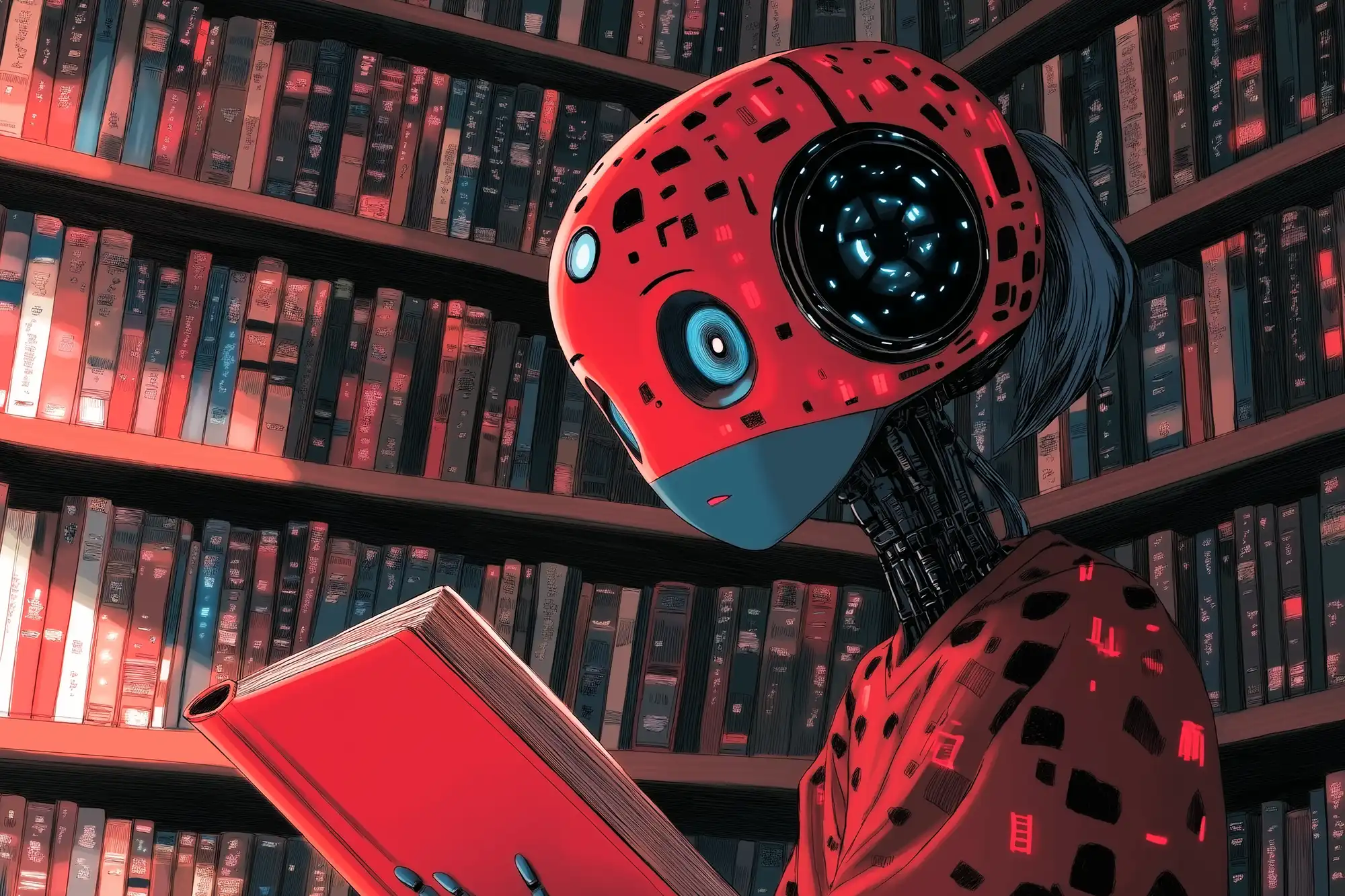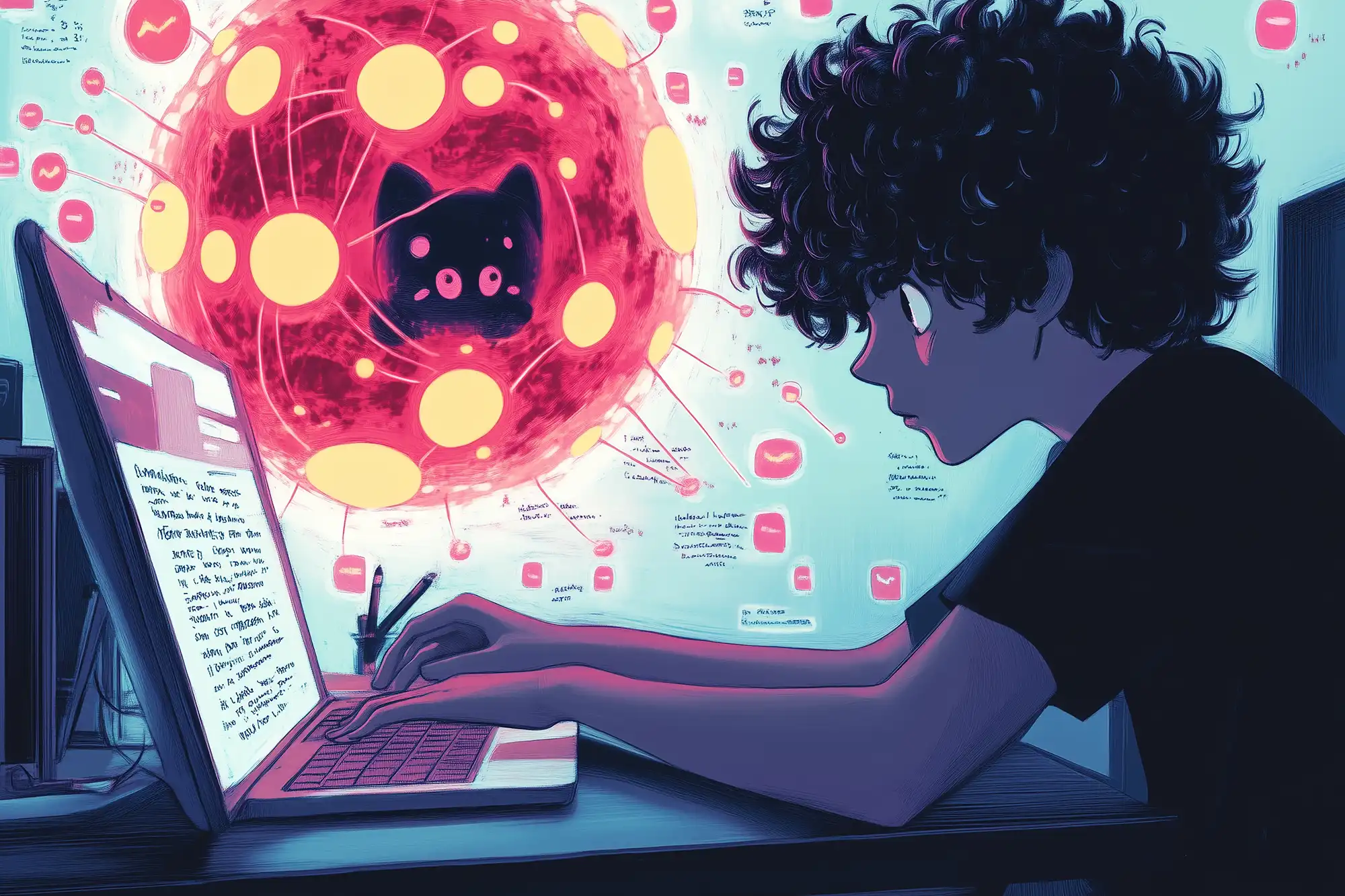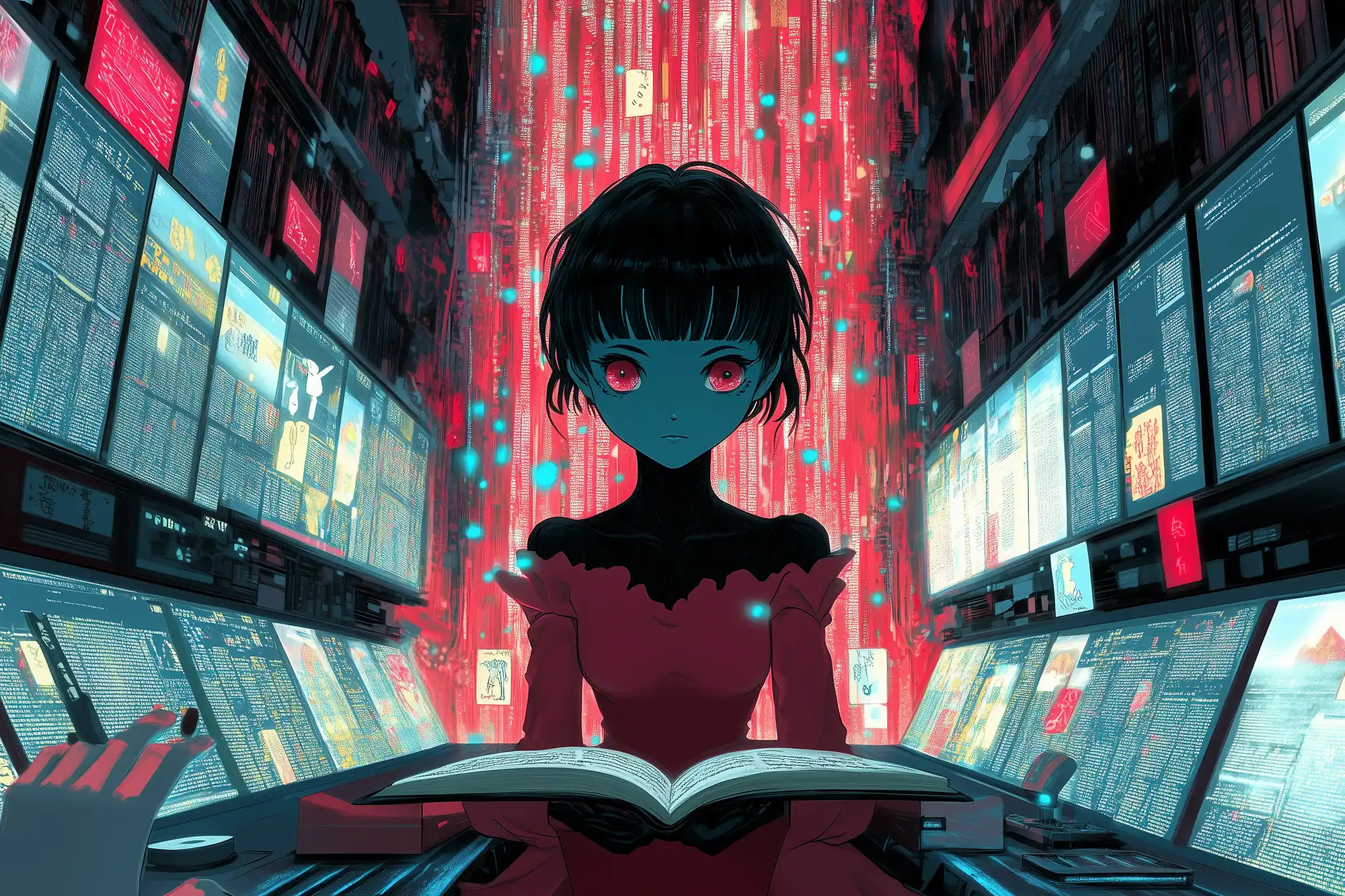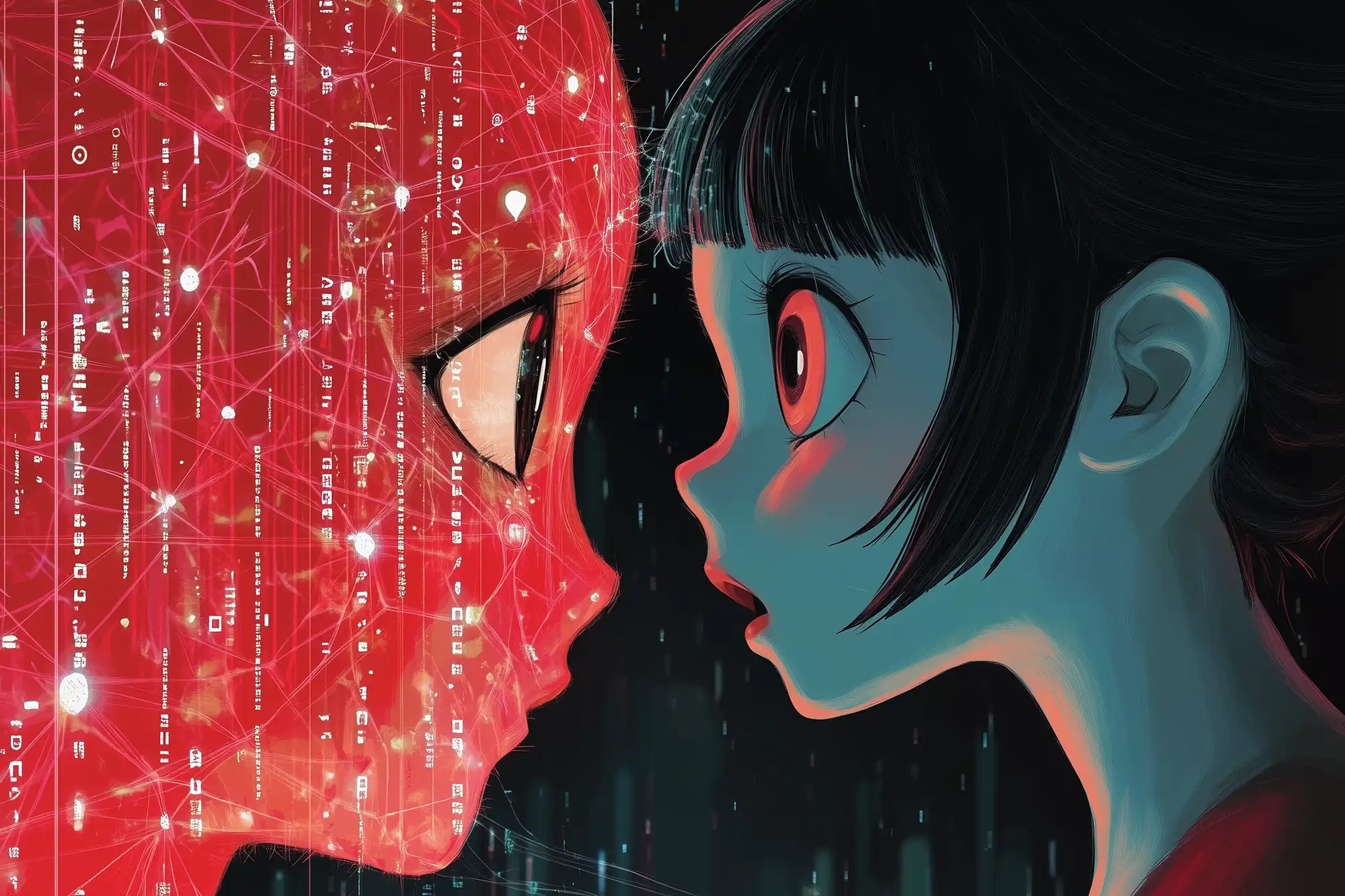Despite their rapid advancements, Large Language Models will not replace the role of human editors anytime soon. I may sound like a stubborn old man clinging to tradition in an age of relentless technological progress, but it’s a statement grounded in the reality of how LLMs function.
Firstly, let’s demystify what LLMs are. At their core, LLMs are advanced machine learning models designed to understand and generate human-like text. Trained on vast amounts of data, they predict and construct sentences to simulate meaningful communication. This makes them exceptionally powerful for tasks like drafting content, generating ideas, or even suggesting editorial alterations. However, the key lies in the term “simulate.” Despite their prowess, LLMs are ultimately tools—tools that lack the inherent intuition, cultural awareness, and creativity that human editors bring to the table.
In this space of content creation, where precision and intent matter, understanding how AI models function is vital. They do not “think” or “understand” in the way humans do. Instead, they rely on patterns and probabilities. As a result, while they can certainly enhance the editing process, they complement rather than replace the human element.
Understanding How LLMs Work
LLMs, like OpenAI’s GPT series, grew out of advanced machine learning research aimed at creating systems that could understand and use human language on a large scale. They started as simpler models that could identify basic patterns in text. But with key advances, like the development of the Transformer model in 2017, LLMs gained the ability to handle huge amounts of data and generate text that sounds much more fluent.
LLMs operate on the principle of deep learning, a subset of machine learning that involves neural networks with many layers. They are trained using massive datasets, sometimes comprising terabytes of text data from books, websites, and other digital documents. The training process involves exposing these models to vast arrays of text, allowing them to learn the statistical associations between words and phrases. Effectively, LLMs become adept at predicting the next word in a sequence, similar to sophisticated autocomplete systems.

The Transformer architecture, a breakthrough in natural language processing, is central to the function of LLMs. It employs a mechanism called “attention” that allows the model to weigh the significance of different words in a sentence, capturing complex dependencies in language. This enables AI to generate coherent and contextually relevant text over lengthy passages, accommodating nuances like tone and style.
Technical Limitations
Despite their prowess, LLMs are not without significant limitations. One of the most profound is their lack of true understanding. While they can mimic the surface structure of human language, they don’t grasp meaning as humans do. They operate on patterns and probabilities, generating content based on the data they have seen during training, but without an inherent comprehension of the words themselves.
Contextual awareness is another critical shortcoming. AI excels in context when it is self-contained within the input data, but struggles with broader or more nuanced context that relies on human experiences or knowledge outside the text. It can generate text that is syntactically correct yet semantically or contextually off-base, missing the subtleties that a human editor would effortlessly catch.
Moreover, creativity remains an elusive quality for LLMs. While they can remix existing data into seemingly new combinations, this process is fundamentally different from human creativity, which involves not only recombination but also innovation informed by emotions, insights, and a deeper understanding of the world.
Bias and Errors
Artificial Intelligence inherits biases present in the training data, which can lead to contentious outcomes. Despite efforts to curate diverse datasets, these models often reflect societal biases, perpetuating stereotypes or inaccuracies.
Errors in factual accuracy are another issue. AI can produce plausible-sounding but incorrect or misleading information. This stems from its reliance on pattern recognition rather than factual verification, which means they cannot differentiate between truth and fiction. It’s not uncommon to encounter hallucinations in the output of AI models.
Finally, cultural sensitivity—or the lack thereof—presents a significant limitation. LLMs, trained predominantly on datasets in dominant languages and cultures, can miss or misrepresent cultural nuances. Their outputs may lack the cultural empathy and sensitivity that human editors naturally bring, leading to content that can inadvertently offend or misinform.
In summary, while LLMs embody remarkable advancements in processing and generating language, they are not substitutes for the human mind.
Human Creativity vs. Machine Learning
In the balance between human creativity and machine learning, it becomes clear how unique human skills are. Creativity isn’t just about the final product; it’s about the process—an imaginative and emotional journey that machines cannot truly replicate. While AI has made amazing progress in creating coherent text, true creative content requires the unique qualities of the human mind.

Human creativity draws from experiences, emotions, and an ability to find meaning. It relies on intuition, that instinct that helps us make connections between seemingly unrelated ideas. This intuition leads to breakthroughs in writing—whether it’s developing a compelling story or a message that connects with readers on an emotional level.
Emotional intelligence is another area where humans excel. The ability to empathize and create content that resonates emotionally is what makes storytelling powerful. Machines, even when they recognize emotional cues, cannot genuinely feel or respond to them as humans can.
Cultural understanding is also part of human creativity. Content that connects with a global audience requires an understanding of different cultures, traditions, and viewpoints. Humans can interpret these nuances to make content appropriate and enriching. LLMs, on the other hand, can miss these subtleties because they are limited by their training data.
Human guidance is therefore essential to making AI work well. When editors provide clear and detailed instructions, they lay out the goals, tone, and direction needed to produce meaningful content. Human editors give LLMs the purpose and structure they need to function effectively. In this partnership, human editors are like the architects of content, allowing LLMs to act as skilled assistants. This teamwork ensures that the resulting content isn’t just technically correct but also insightful and relevant.
Another important part of this collaboration is the feedback loop, where human editors continuously improve the AI-generated content. This process combines the strengths of both: LLMs turn briefings into drafts, and human editors add the finishing touches. Through careful adjustments, editors add depth, accuracy, and the kind of creativity that machines cannot generate on their own.
Future of Editing
With the evolution of technology in content creation, the question remains: what will the future look like for editors as LLMs continue to improve? The answer lies in a partnership between AI and human editors, where each enhances the strengths of the other.
The future of content creation is one where human intuition and AI work together, making it possible to create stories and content that are richer and more impactful than ever, blending technical skill with human creativity. Editors can use AI to quickly explore different styles or approaches, experimenting with creative directions before settling on the best one. This phase, which can be slow without help, becomes much faster with AI assistance.
As AI advances, editors’ roles will shift more towards strategic and creative tasks. Editors of the future will be less focused on grammar checks and more on shaping narratives and curating content that aligns with brand identities and audience needs. Editors will also be key to maintaining content quality and cultural sensitivity, ensuring AI-generated material meets ethical standards. Their expertise will be vital in navigating biases in AI models and maintaining the integrity of content.

Consider some examples where human insight is crucial. In the case of feature-length magazine articles, editors do much more than polish language; they craft narratives that fit with the publication’s style and connect with the audience. LLMs might draft text, but editors are the ones who bring everything together into a cohesive and compelling story.
In creative advertising campaigns, LLMs might suggest catchy phrases, but it’s the human team that understands how to emotionally connect with an audience. Human editors have the ability to tap into cultural trends and use emotional intelligence to make content memorable.
Crisis communication is another area where human insight is irreplaceable. When a company is facing public criticism, responses need to be sensitive, empathetic, and well-crafted to maintain public trust. LLMs might generate generic responses, but human editors tailor these messages to fit the specific situation, showing empathy and cultural awareness.
These examples show how human editors add value, bringing creativity, empathy, and cultural context to content—qualities that are essential for excellent editing work. Editors will also play an important role in training AI systems. By giving continuous feedback, they help refine these models, improving the accuracy and quality of AI outputs. This cycle of improvement benefits both the technology and the overall quality of content.
The future of editing, then, is one of collaboration. Editors won’t just use AI—they’ll actively work alongside it, pushing the boundaries of what’s possible in storytelling and content creation.
In conclusion, editing in the age of LLMs is not about becoming obsolete but about evolving and enhancing what editors do best. This blend of human insight and AI support will elevate the art of editing, allowing storytelling to reach new heights.



